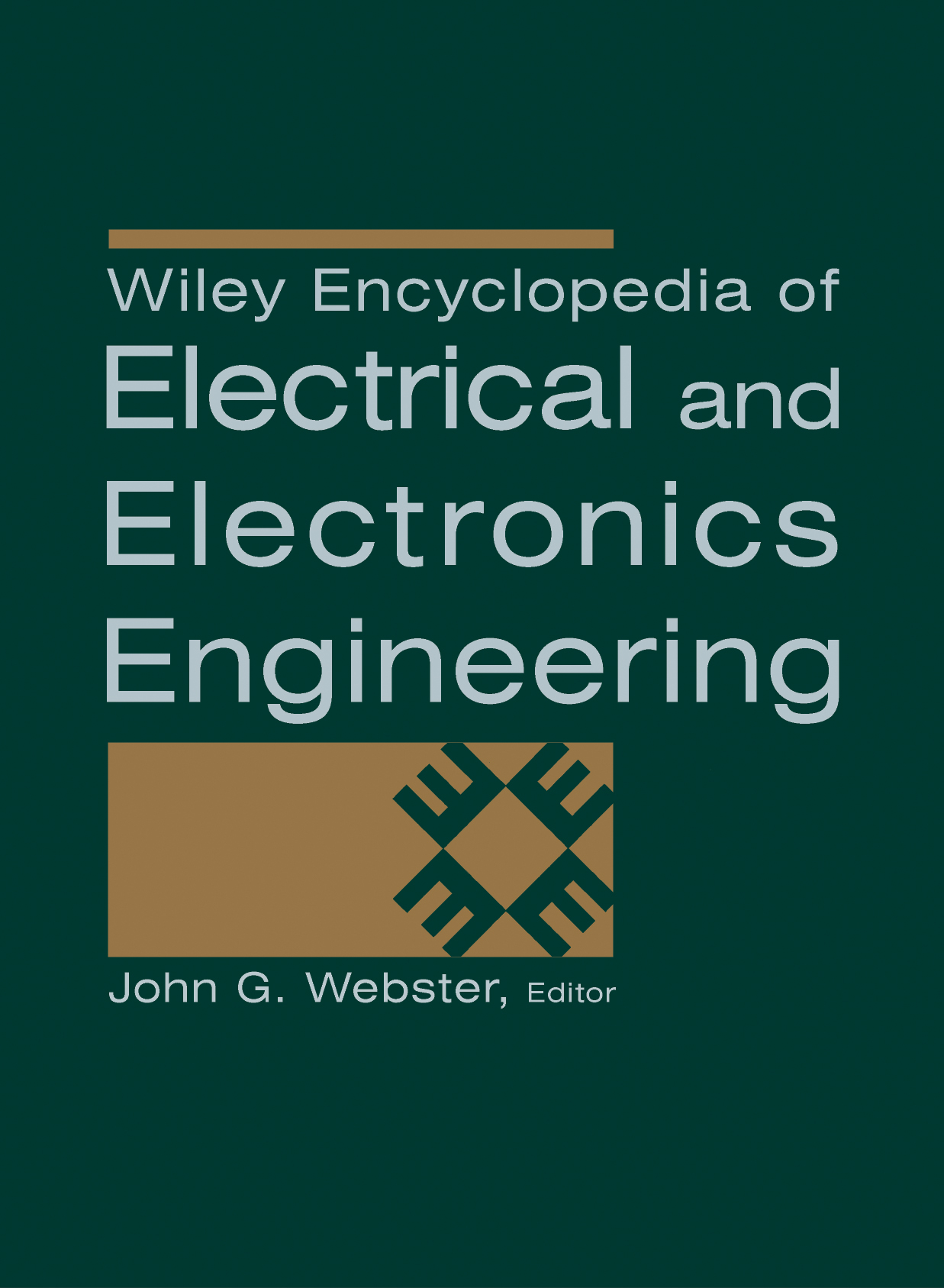Soft-Switching in Power Electronic Converters–An Introduction
Abstract
Power electronic converters serve as the standard interface between source and load in almost any electrical equipment. They have power semiconductor devices that are operated as ON/OFF switches at high switching frequencies. These switching devices are not ideal, however, and generate a considerable amount of switching losses that reduce converter efficiency. The main cause of these losses is the overlap of voltage and current that occurs whenever a switch transitions from being fully on or fully off, or vice versa. A significant reduction of these switching losses can be achieved if a converter switch is made to operate with “soft-switching,” with switching transitions that are gradual as opposed to sudden or hard. Soft-switching methods can generally be classified as being either zero-voltage switching (ZVS) with the switch voltage made to be zero during a switching transition or zero-current switching (ZCS) with the switch voltage made to be zero during a switching transition. Making either the voltage or current of a switch zero during a switching transition ensures the reduction of any overlap of voltage and current and thus the reduction of switching losses.
In this article, the basic principles of soft-switching for dc-dc power converters operating with high switching frequencies (>50 kHz) are reviewed. A number of soft-switching methods for simple single-switch converters such as the boost and buck converters are presented along with methods for more sophisticated dc-dc converters such as the forward, flyback, and full-bridge converters. Each method is described in some detail and its strengths and weaknesses are discussed. The article also presents some brief discussion of soft-switching methods for ac-dc converters and dc-ac inverters as well.



